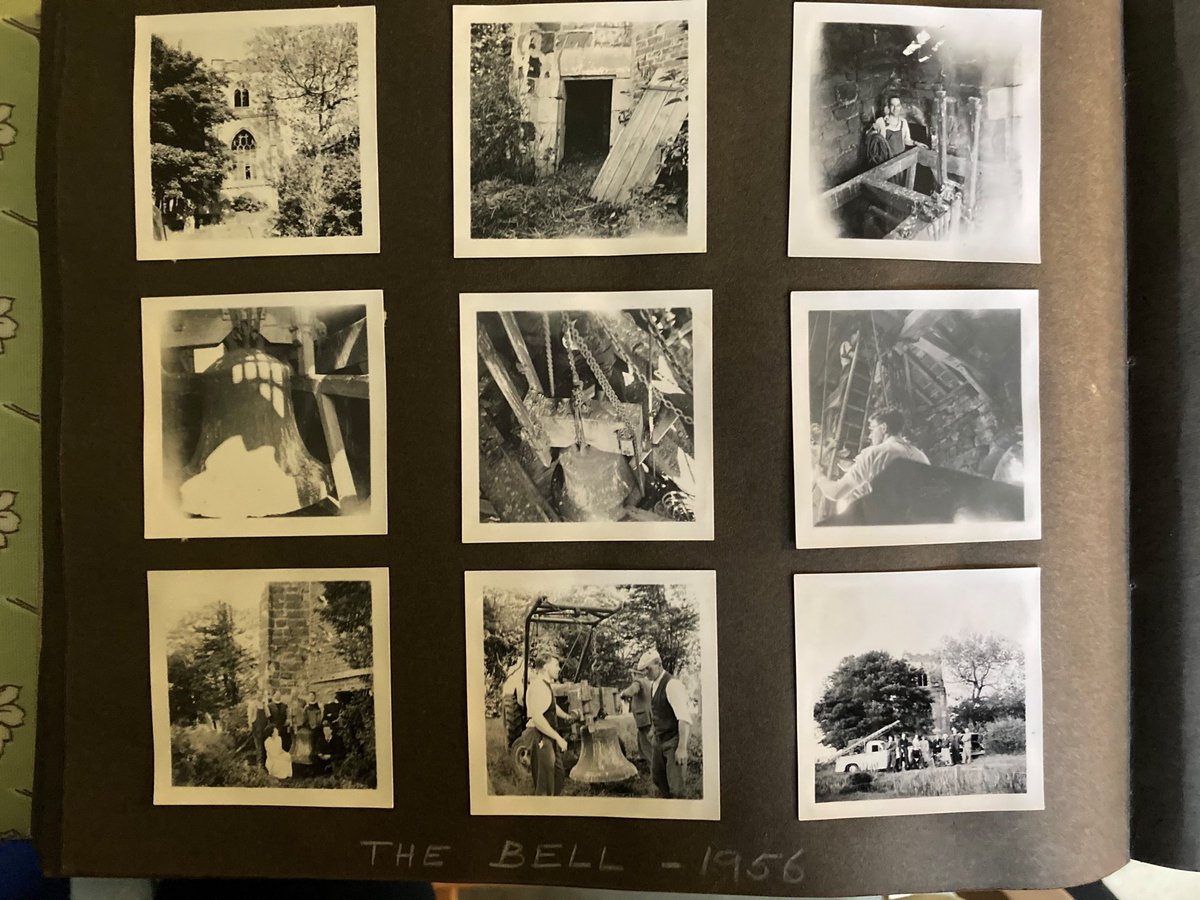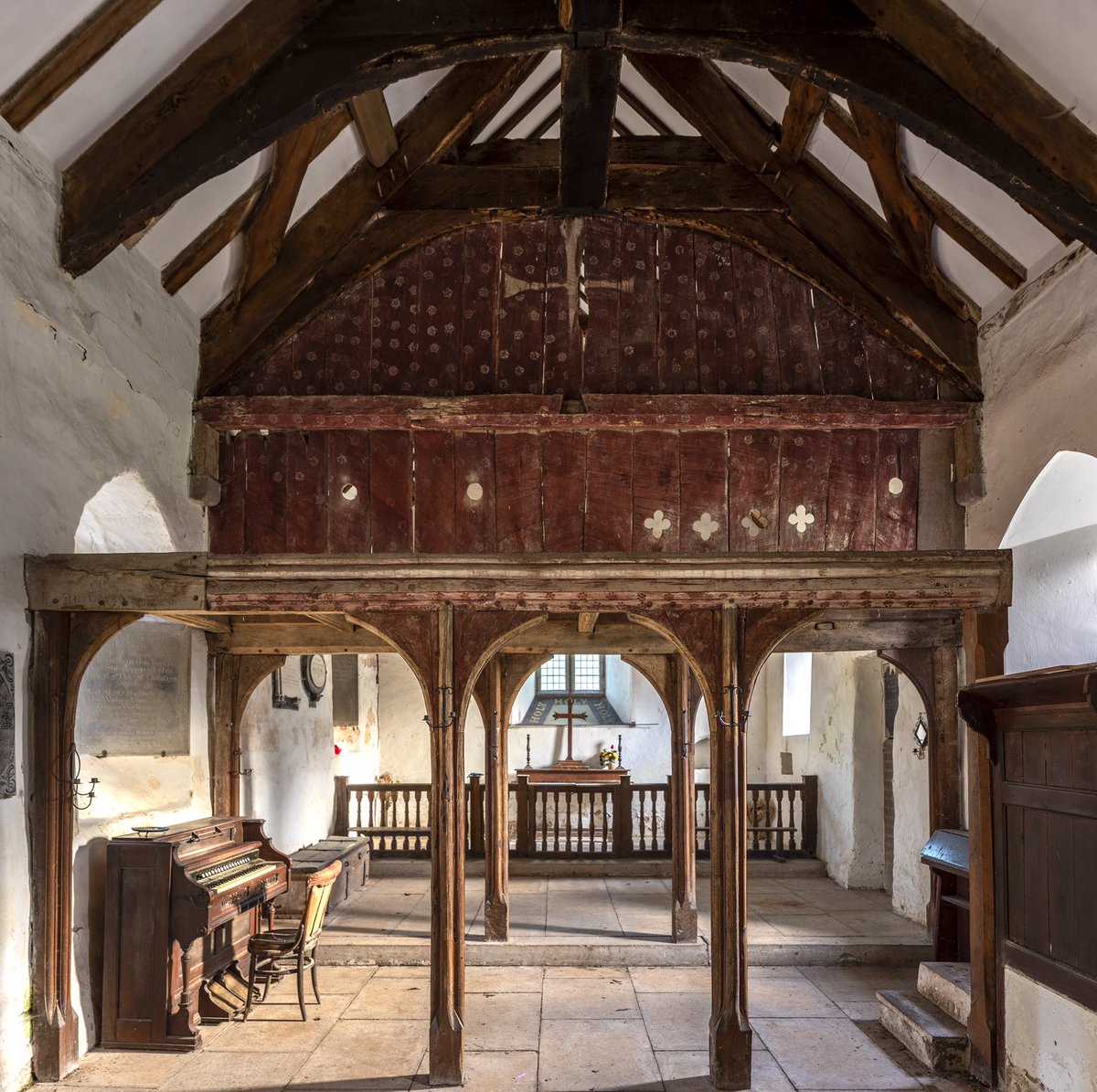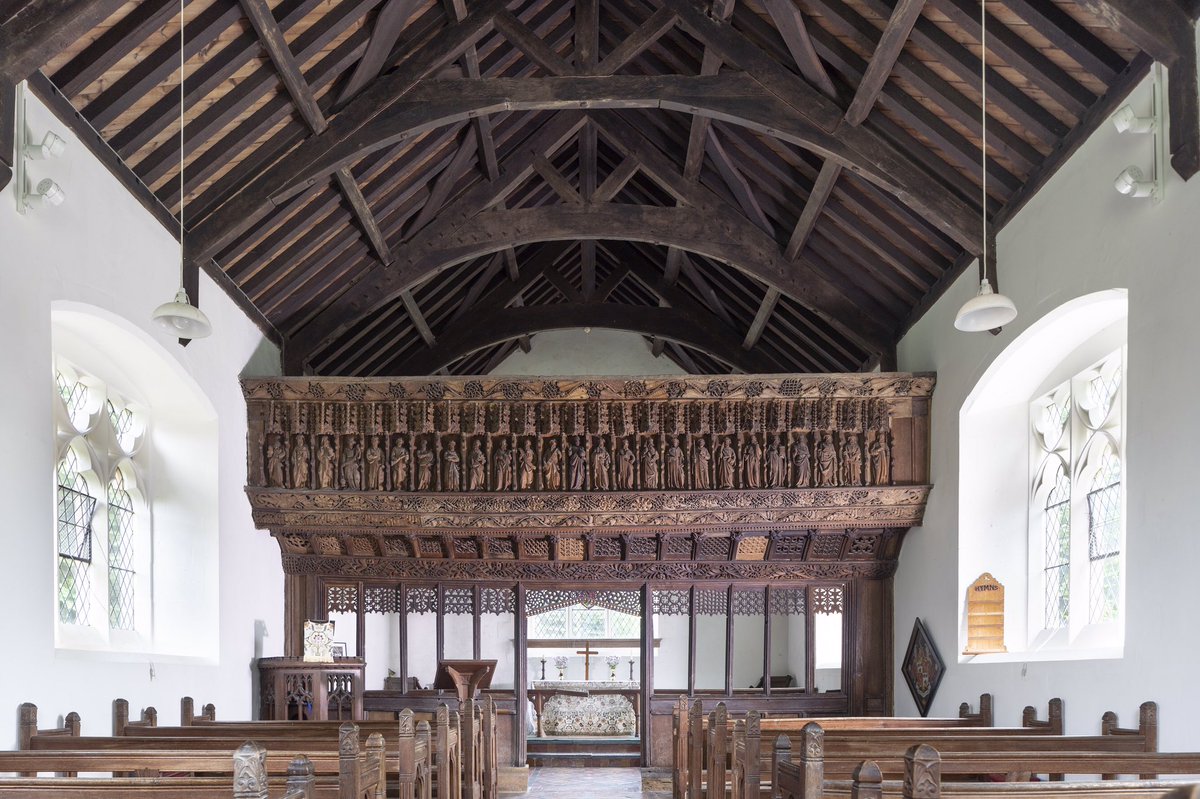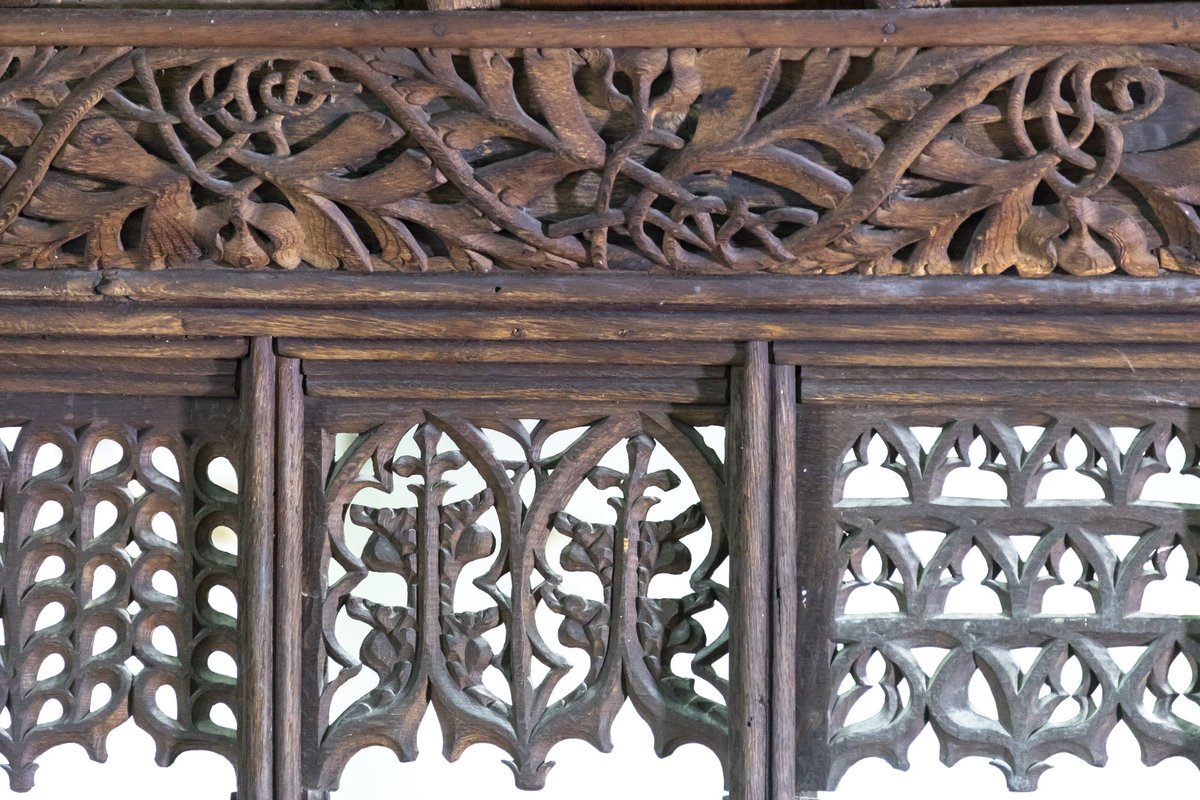
How it started … how it’s going …
Saltfleetby church was built on a Lincolnshire salt marsh. The landscape is melancholic. Long straight roads, drainage ditches, desultory farmsteads, big medieval churches. Flat lands with empty horizons.
#thread

Saltfleetby church was built on a Lincolnshire salt marsh. The landscape is melancholic. Long straight roads, drainage ditches, desultory farmsteads, big medieval churches. Flat lands with empty horizons.
#thread


Church-moving is rare... But that is exactly what happened at Old St Peter's. The west tower is all that remains of the medieval church when the rest of the building was moved in 1877.
2/
2/

It was moved partly because it was felt to be in the wrong position, but also because it had started to move (the tower is still on a definite lean). The architect, James Fowler re-sited the body of the medieval church from its original position in Charlesgate Rd to North End Ln.
We took the church into our care in 1976, with the help of a local farmer, Mark Stubbs, who was desperate to see it saved as a monument.
4/
4/
However, in 1956, twenty years before we came on the scene, the medieval bell was removed from the tower. A local lady has an album of photos of the day the bell came down, and kindly shared the pictures with us.
5/
5/

It’s a snapshot of sunny day, a group of people saving an ancient, inscribed bell, lowering its immense weight to the ground and loading to the back of tractor. The bell was eventually brought to St Nicholas’s church, Newport in Lincoln.
6/


6/



St Nicholas’s dates from 1839 and is believed to be the first church by Sir GG Scott and WB Moffatt.
7/
7/
The inscription on the bell read: Pura Pudica Pia Misere Maria, which I believe translates to something along the lines of: Mary pure, modest, reverent, in sympathy with the sorrowing.
Read more about Old St Peter’s, Saltfleetby, Lincolnshire: friendsoffriendlesschurches.org.uk/church/old-st-…
8/8
Read more about Old St Peter’s, Saltfleetby, Lincolnshire: friendsoffriendlesschurches.org.uk/church/old-st-…
8/8
• • •
Missing some Tweet in this thread? You can try to
force a refresh





















